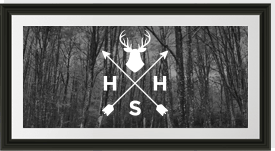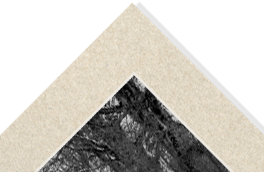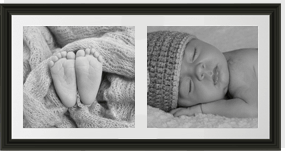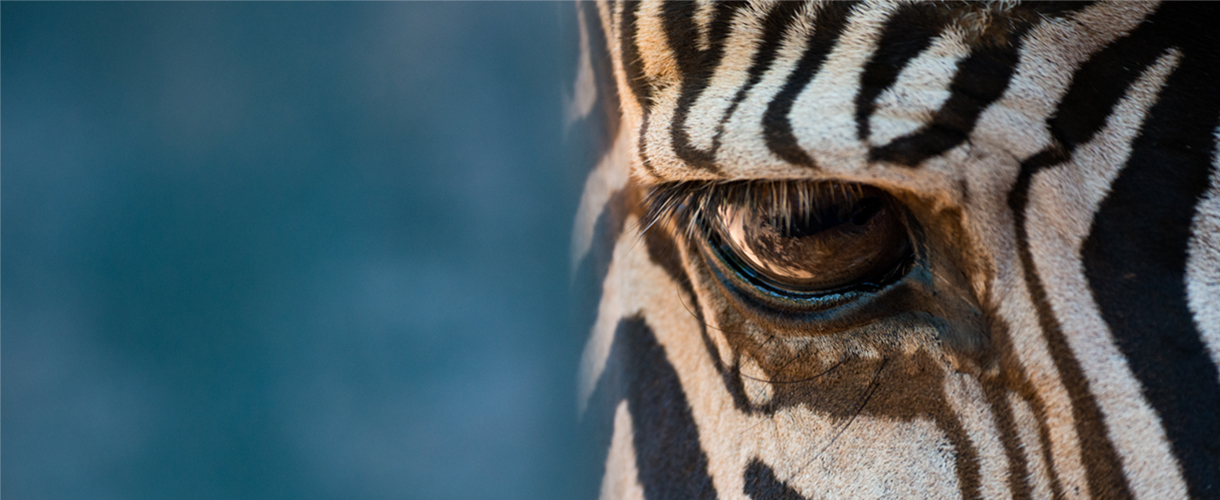Nick Dale - Photographer of the Month - October '18
Introduce yourself
I’m Nick Dale, I read English at Oxford and working as a strategy consultant for a few years, both full-time and freelance, before ‘retiring’ at the age of 29! I then travelled round the world for seven years, doing four ski seasons and working on an internet start-up in San Francisco among other things, before finally returning to London in 2005. At that point, consulting work felt too stressful, so I decided to go ‘quality of life’. I’m now a private tutor and photographer.
How did you get into photography?
I wanted to be a photographer when I was 15, but my mother said I could always take it up later – so that was that for 30 years! I started taking pictures again in 2013 quite by chance when I received a random email inviting me to go on safari and climb Mount Kenya. After investing in a decent camera, I’ve been a photographer ever since. I’ve taken pictures in 25 countries on all seven continents and won various awards including the Sunday Times/Audley Travel Big Shot competition.
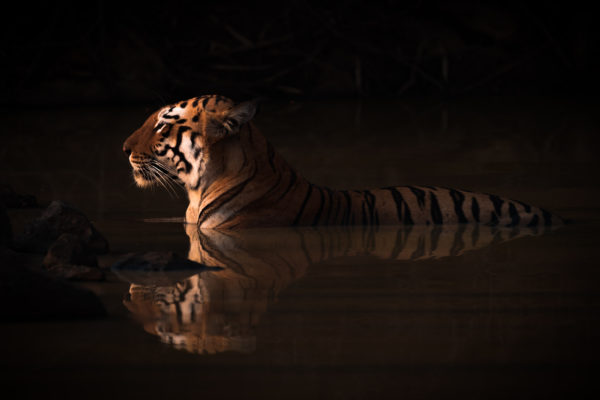
What can you tell us about your entry, ”Bear about to catch salmon in mouth”, in July’s photo competition?
I first wanted to go to Alaska when I visited my best friend in London back in the 1990s. When his mother answered the door, we had a chat, and I politely asked if she’d been on holiday that summer. “Well,” she replied, “I’ve just come back from Alaska watching the bears catching salmon.” That shut me up! It’s an expensive trip, and I had to save up for years before I was able to make it, but it has to be the world’s greatest wildlife photography experience. Every July, a million salmon make their way back to the spawning grounds on the Brooks River, and the local brown bears gather round Brooks Falls to catch them. In the Sixties, a photographer called Thomas D. Mangelsen took an iconic shot of one of the bears with its jaws wide open just about to catch a salmon in mid-air, and that was the shot I was trying to pull off myself. This is my best effort, but it wasn’t easy. Over the course of my trip, I only managed to take two shots with the salmon in mid-air and the bear with its mouth open. People sometimes ask me how long it took to take this shot, and I tell them, “It either took 1/1600 of a second or a week!”
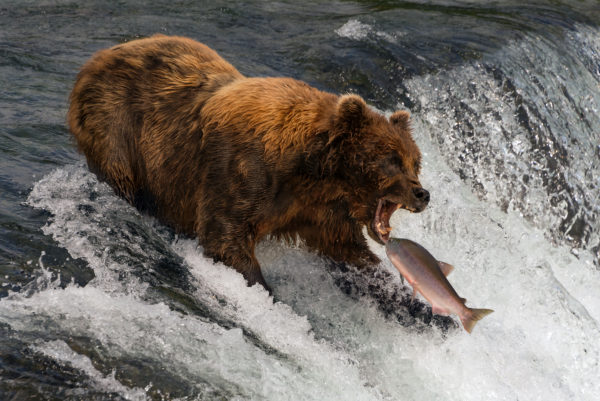
Do you have any particular style of photography you specialise in?
I’m a wildlife photographer. I started out shooting a variety of different subjects, but I now focus on animals in the wild.
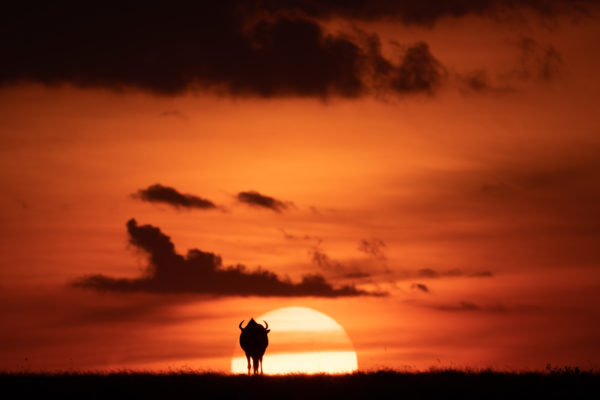
What do you enjoy about photography?
I’ve always enjoyed photography, but it’s hard for me to say why exactly. I enjoy the technical challenge, the chance to see beautiful creatures in the wild and being able to get better at something artistic, but, most of all, I love producing pictures that I’m proud of. My enjoyment of a shoot is entirely dependent on the shots I take. I can see all the wildlife you can imagine in Antarctica, Africa or America, but I won’t have a good day unless I feel I’ve captured really beautiful or powerful images.
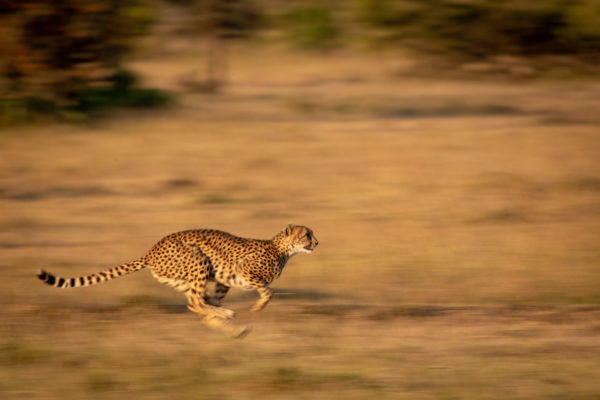
Tell us about one of your projects/your work
I always like going to new continents for my photography trips, but I end up going back to Africa more than anywhere else. It has such beauty and variety in its wildlife, and there’s something about the history of the place and the chance of seeing a kill that keeps me coming back. My latest trip was in July 2018 when I visited Kicheche Bush Camp with Paul Goldstein on an Exodus trip. I’d never seen a kill before, but on this trip I saw five! The reason was simple. On most safaris, you drive around in a truck, and, when you see an animal, you stop to take a few pictures and then drive on. On this trip, we followed the big cats around to make sure we had the very best chance of seeing the action. Paul sent out one of the guides as a spotter to radio in the position of the cats, so we spent almost all our time with the Kaboso leopard and two cheetahs, one with one cub and one with four. I’ll never forget the first time I saw the kill. It was a cheetah running down a Thomson’s gazelle, and I saw it all. More importantly, I managed to capture one good shot of the chase. It may have been 200 yards away at the time, but I was exhilarated!
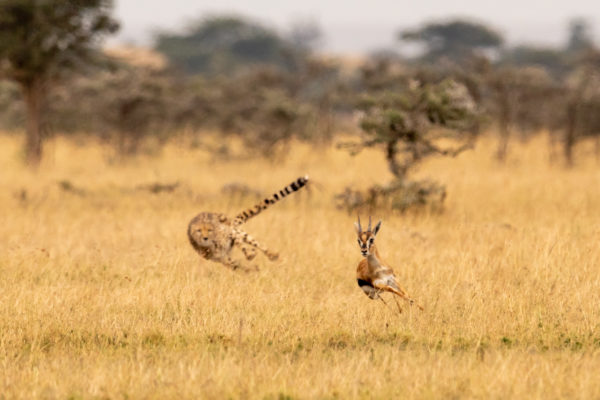
If you could offer one piece of advice to aspiring photographers what would it be?
Keep taking pictures. I stopped for far too long, and now I’m playing catch-up. If you genuinely love photography, then you should be out there taking photographs of whatever takes your fancy, whether it’s wildlife or landscapes or people or whatever. It’s also very easy these days to make money out of it. It’s hard to get rich now that everyone has a camera and cheap flights have made exotic parts of the world more accessible than ever, but it’s dead easy to sign up to a stock agency and start selling your work. You can also rent a space pretty cheaply for an exhibition and show all your favourite shots on social media. Who knows? You might end up making a career out of it.
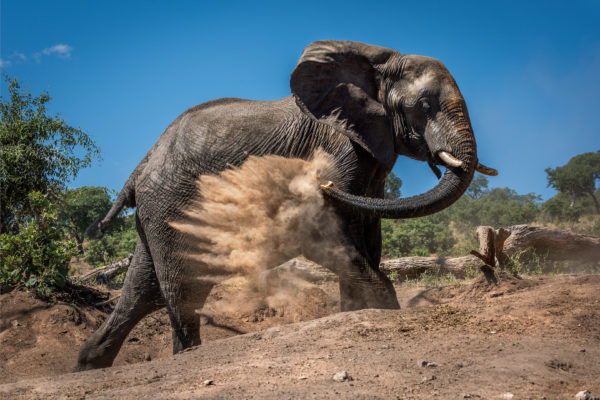
Where can we see your work?
I generally show my pictures at exhibitions in Chelsea at a gallery called 508 King’s Road. I also have my own website (www.nickdalephotography.com), and I publish shots on Instagram, Twitter and Facebook.
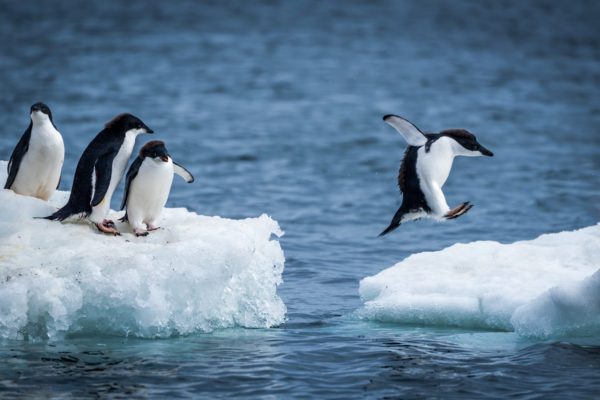
Do you have any plans for the rest of the year?
Wildlife photography is an expensive business, so I have to count the pennies when booking my trips to Africa. That’s why I’ve recently been looking into leading trips and teaching photography instead. That way, I do what I love, but my flights and accommodation are paid for. After sending out a bunch of emails to tour operators and safari lodges, I’ve been asked to teach photography in Tanzania for three months next year and lead a trip to Botswana and Victoria Falls in August 2019. Please visit my website if you’re interested in coming along.
